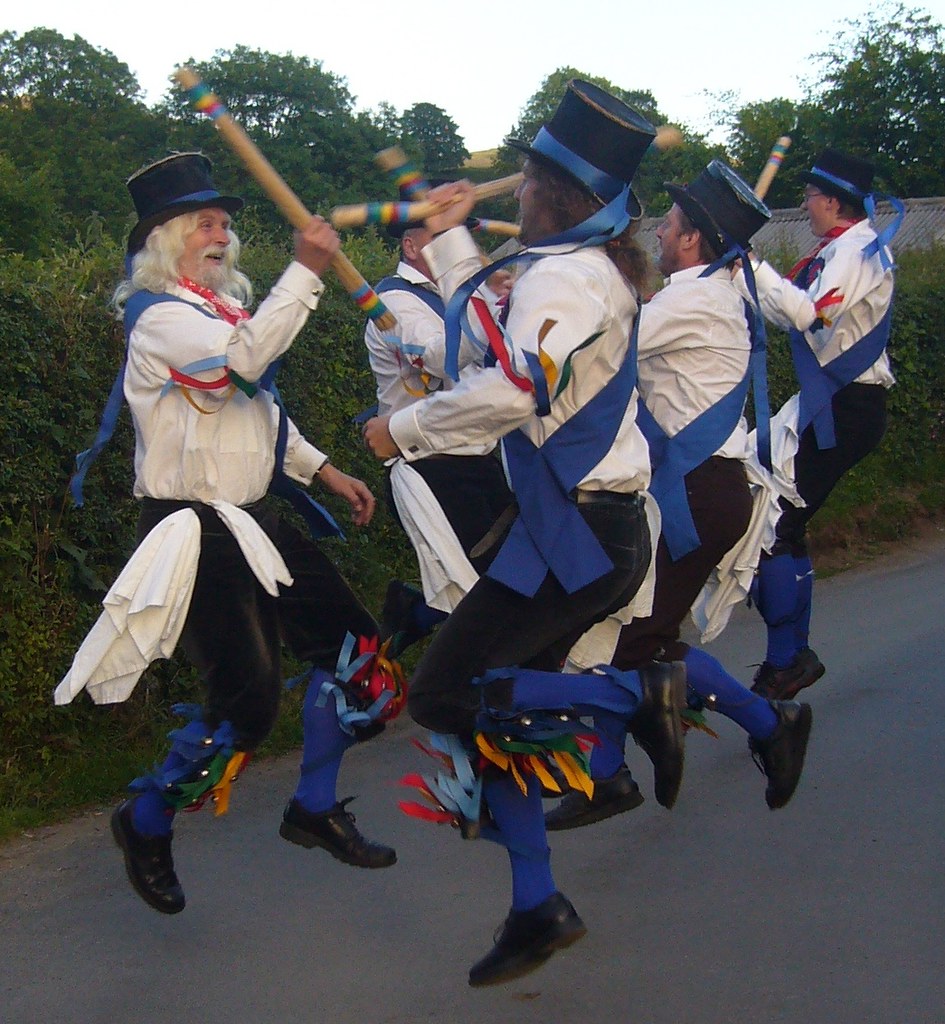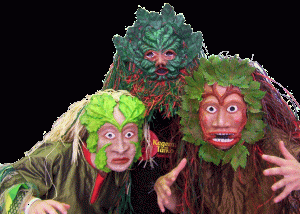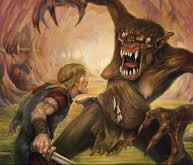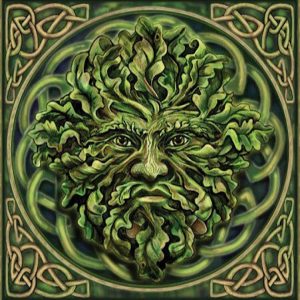
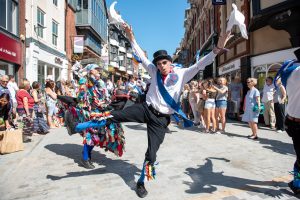
Beowulf – 2020 version
We can marvel at the way of the samurai of Japan, but for a heroic code of fearlessness and honour we can also look to Anglo-Saxon culture.
The introduction to this version of Beowulf, by Jonathan Kirby, is a section from the Seamus Heaney translation of Beowulf, the epic poem written in Old English, dating from about 800 C.E. and concerning the exploits of the Anglo-Saxon (or Geat) hero of that name. Excerpt voiced by Tristam Neal.
The warrior’s helmet on the stage backdrop is that of King Raedwald, buried at the place we now call Sutton Hoo, in the east of England, in about 750 C.E.
Percussion in this performance is by special guest Kordian Tetkov, a member of the very first incarnation of Kagemusha Taiko Group.
Beowulf – 2023 version
This video (with a still image of King Raedwald’s helmet) provides the audio for the latest version of Beowulf, to be performed in 2024. We hope you enjoy listening to it!
Also available for listening is the story of Beowulf, as told by Hugh Lupton, with percussion played by Rick Wilson. The story comes in two parts: (1) Grendel and then (2) Grendel’s Mother.
If you enjoy listening to the story, please consider buying the CD from Hugh Lupton – it’s available here. The CD includes the third part of the tale of Beowulf, “Fire Drake”, which readers of J.R.R.Tokein’s “The Hobbit” will find strikingly familiar!
Whirligig
A “whirligig” is a toy that is whirled rapidly round, or a kind of merry-go-round; it’s also an ancient instrument of torture, consisting of a pivoted wooden cage in which the prisoner was spun round. The concept behind this piece is the action of turning the taiko logo (mitsu tomoe) into its Kagemusha Taiko form: the main players trace a line around three drums which form the circles in the centre of the tomoe. These are the lines of the “Celtic knot” that forms our logo, which is also very similar to a three figure shape seen in Breton and Celtic Christian calligraphy.
This performance was recorded at Sidmouth International Folk Song and Dance Festival, and includes an opening dance by Great Western Morris.
SlipJig
Kagemusha Taiko perform “SlipJig” at the Taiko Nation concert(s) forming part of the 1st World Taiko Gathering, held in Los Angeles, August 2014. “SlipJig” is a composition based on the rhythms of an old English dance tune called “Sir Roger de Coverley”.
The Green Man
In this video, Kagemusha Junior Taiko Group perform The Green Man, by Jonathan Kirby, on the opening night of the 1st UK Taiko Festival, July 2005.
The Green Man is a blatantly pagan image that nonetheless appears in churches and cathedrals all over Europe, and beyond. The Green Man is the archetype of our relationship with nature, the communion or fusion between man and the vegetable world. To quote Mike Harding from his book on the subject, “All flesh is grass, and the Green Man, perhaps better than any other image, illustrates the principle of death and corruption, resurrection and rebirth.”


